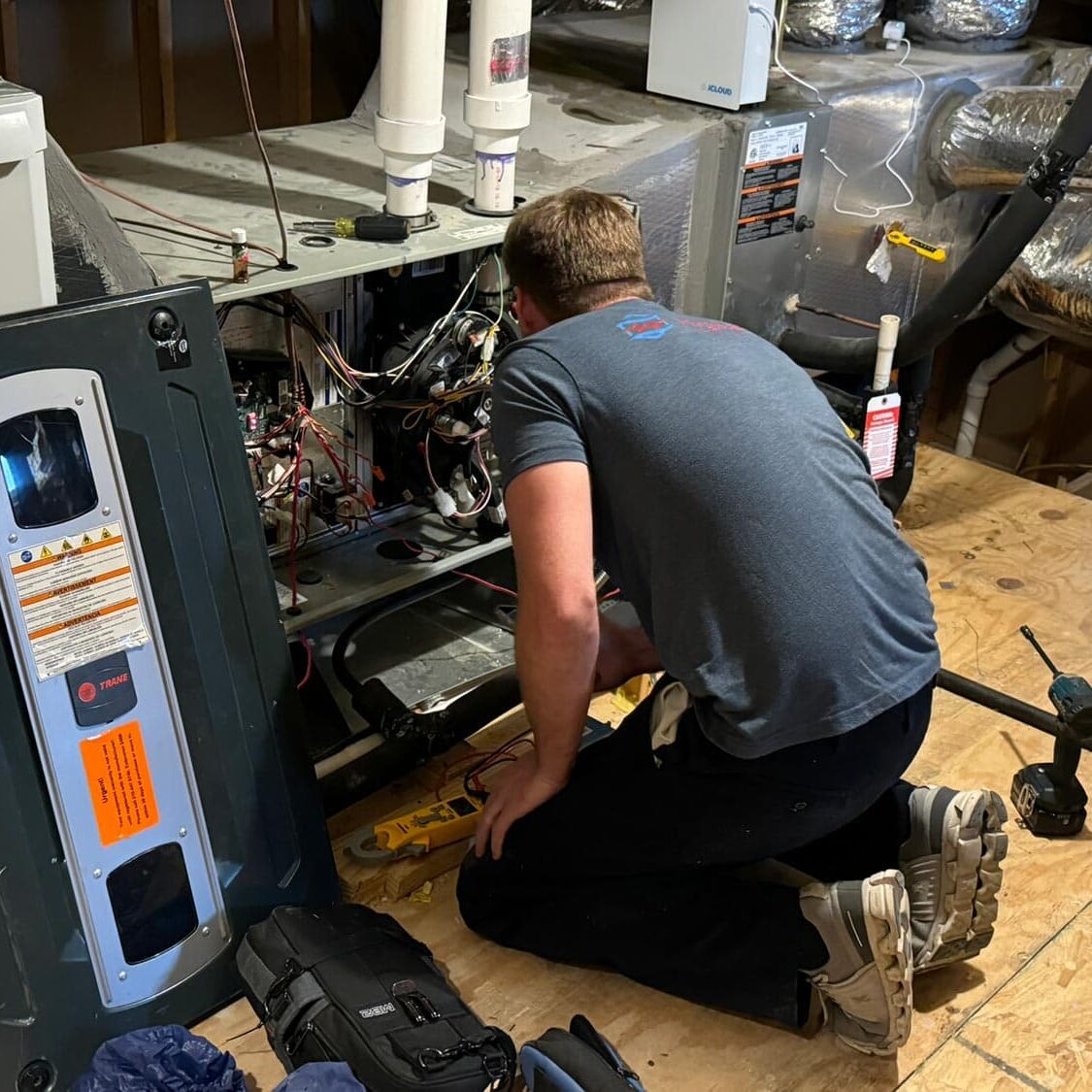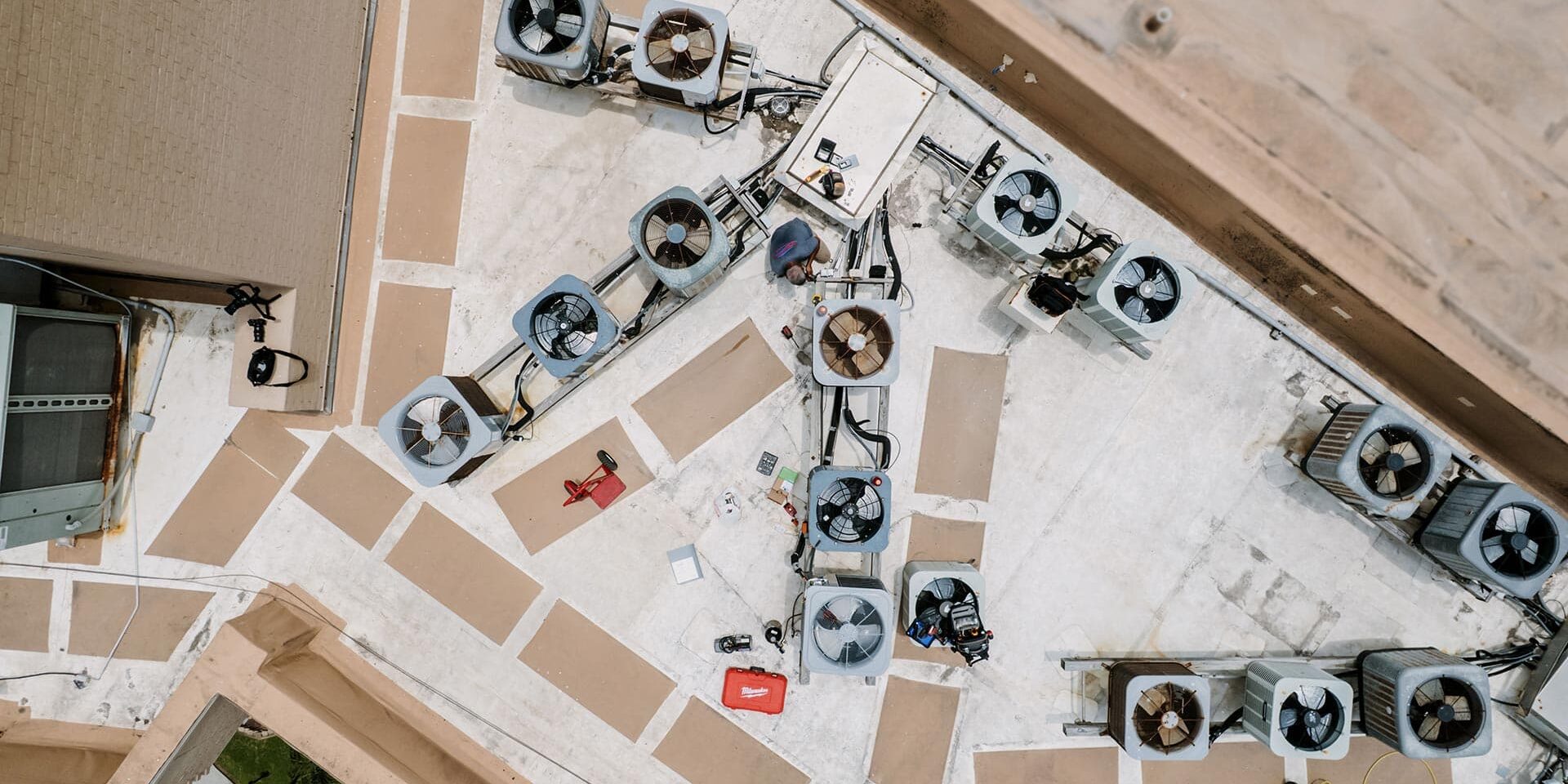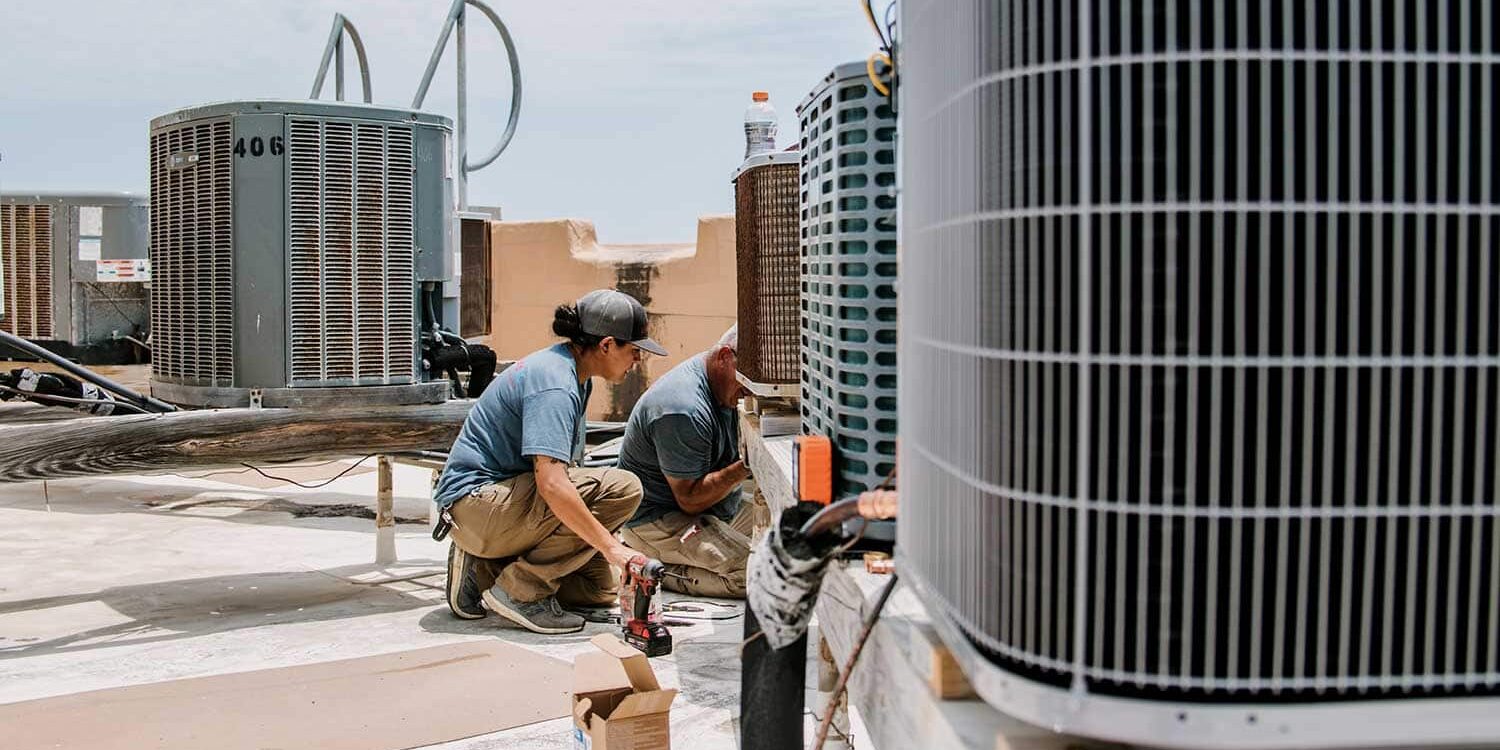Blow-In Insulation Services
Highland AC offers blow-in insulation services as a quick and easy option for keeping your home safe and sound all year long.
With so many advantages to having good insulation in your home — increased comfort and lower energy bills, for starters — it’s important to make sure your home is protected.

What Is Blow-In Insulation?

Blow-in insulation is a type of loose-fill insulation.
It is installed by blowing it into the cavities of walls, ceilings, and floors. It is made of small, loose fibers that are blown in using a machine.
Insulate the Best
Blow-in insulation is a versatile and effective way to insulate your home. It is easy to install and can be blown into even the smallest spaces. Blow-in insulation can help to reduce your energy bills and make your home more comfortable.
Cellulose
Cellulose blow-in insulation is made from recycled paper. Since it’s less flammable than fiberglass, it’s a popular choice for homes in areas with high fire risk, as well as homes with high moisture levels, as it is moisture-resistant.
Fiberglass
Fiberglass blow-in insulation is made from tiny glass fibers. As a highly effective insulator, it’s a smart choice for homes in areas with cold winters. Fiberglass blow-in insulation is also a good option for homes that have a tight budget since it’s less expensive than cellulose.

Where Can Blow-In Insulation Be Installed?
Highland AC can install blow-in insulation in a variety of places in the home, including:
Attics
Crawlspaces
Unfinished basements
Benefits of Blow-In Insulation
When Highland AC installs blow-in insulation in your home, you’ll enjoy some very tangible benefits:
Energy Savings
Reduce your energy bills by up to 30%.
Comfort
Make your home more comfortable by reducing drafts and noise.
Air Quality
Improve your home’s air quality by reducing pollutants.
Inexpensive
It’s a relatively inexpensive way to insulate your home.

Blow-In Insulation
What to Expect During Your Service
Here’s what you can expect to happen when you hire Highland AC to install blow-in insulation in your home:
The installer removes any obstacles
that may prevent the insulation from being blown into the cavities. This may include furniture, appliances, and light fixtures.
The installer drills small holes
in the walls, ceilings, or floors to allow the insulation to be blown in.
The installer connects the blower
to the holes and begins blowing in the insulation.
The installer continues inserting
insulation until the cavities are filled to the desired level.
The installer seals
the holes with plugs or caulk.
The installer cleans up
the area and removes any debris.
Blow-In Insulation Inquiry
"*" indicates required fields
